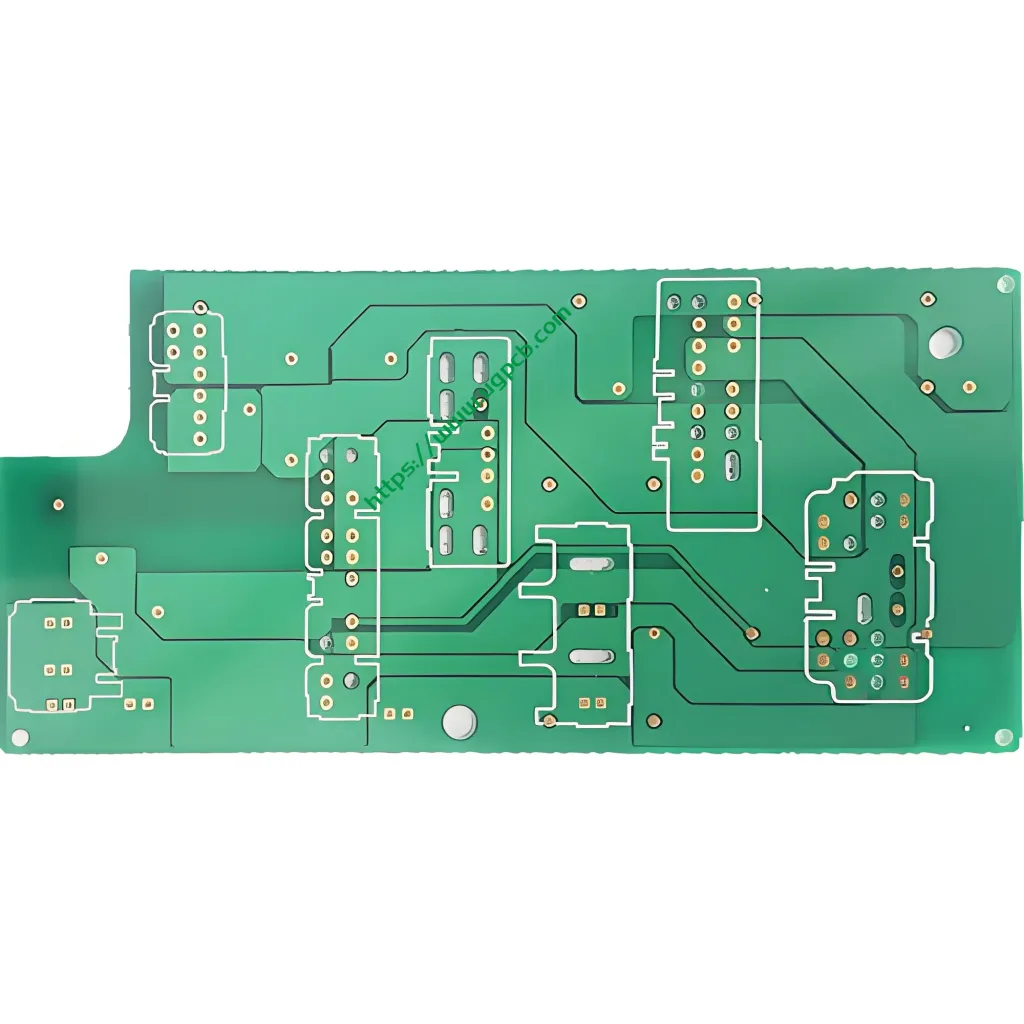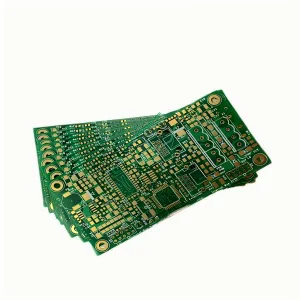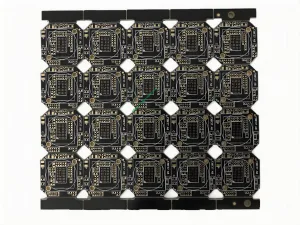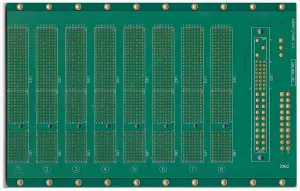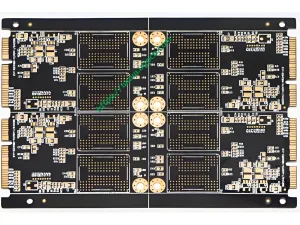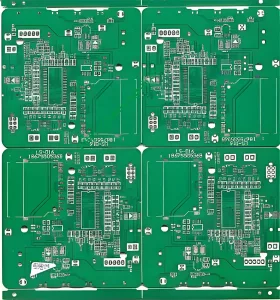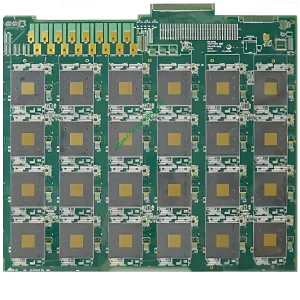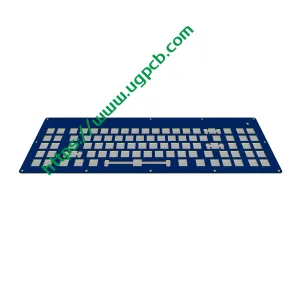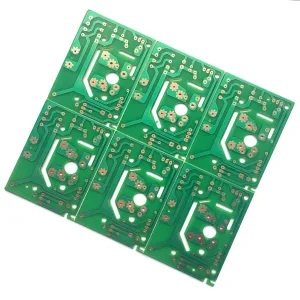무엇입니까? 2 레이어 PCB/양면 PCB?
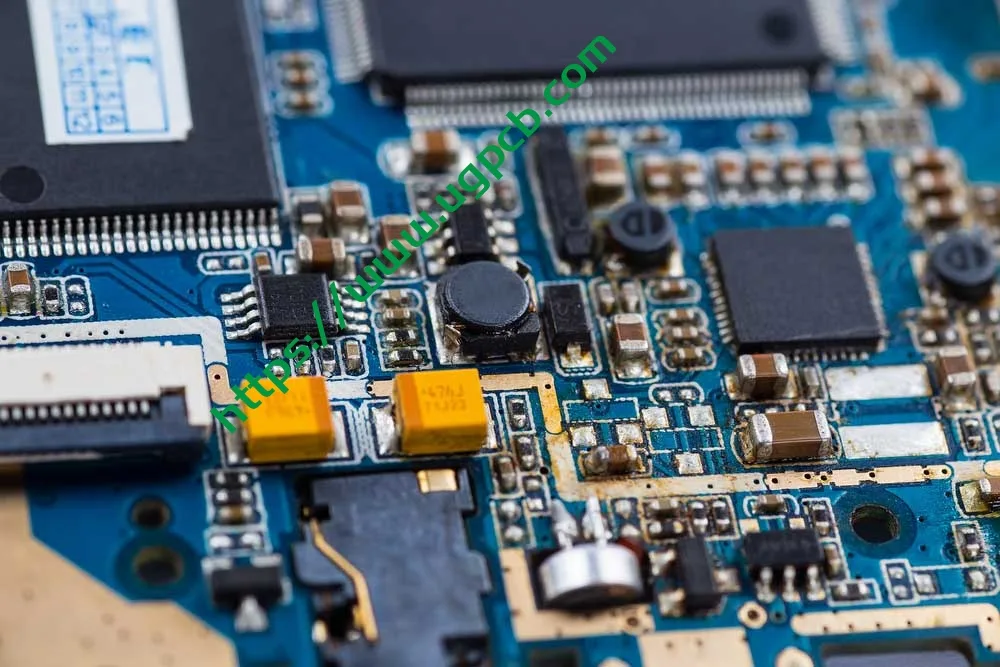
2 레이어 PCB는 가장 일반적인 유형의 PCB입니다. 을 더한, 2 레이어 PCB는 보드 양쪽에 구성 요소가 있기 때문에 양면 PCB라고도합니다.. 2 층 PCB 제조는 2 층의 구리 층과 함께 유전체 재료와 함께 결합하여. 그리고 유전체 재료는 FR-42 또는 FR-44 일 수 있습니다..
이중층 PCB는 어떻게 작동합니까??
PCB 프로토 타이핑
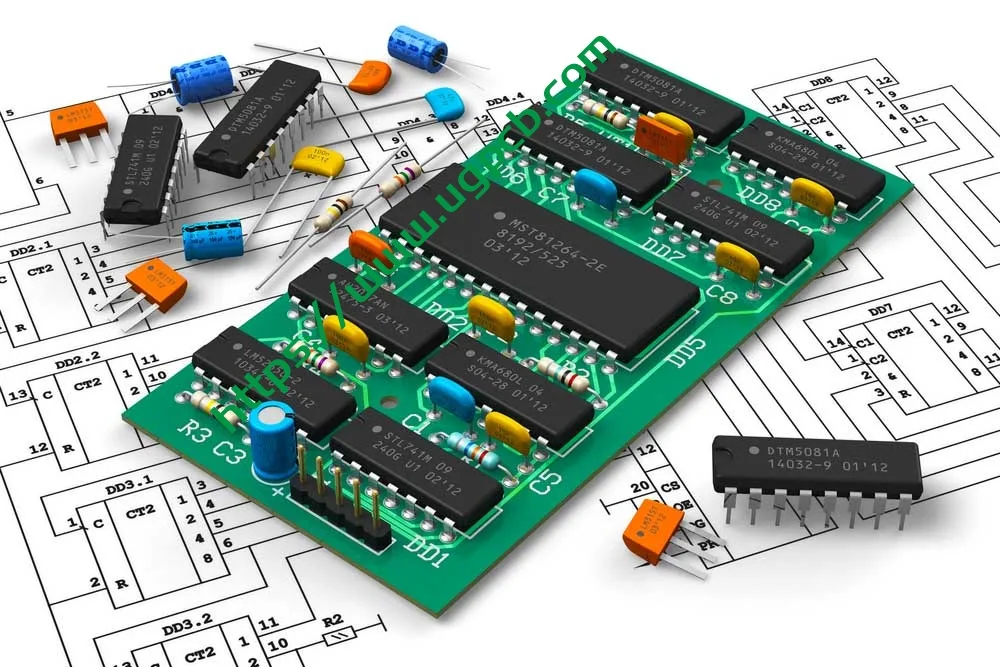
에이 2 층 PCB는 구리의 두 층 사이에 전기 신호를 라우팅하여 작동합니다.. 이 신호는 디지털 또는 아날로그 일 수 있습니다. 을 더한, 보드 중간에있는 유전체 재료는 이러한 신호가 서로 방해되는 것을 방해하는 데 도움이됩니다..
2 레이어 PCB 사양
2 층 PCB 두께
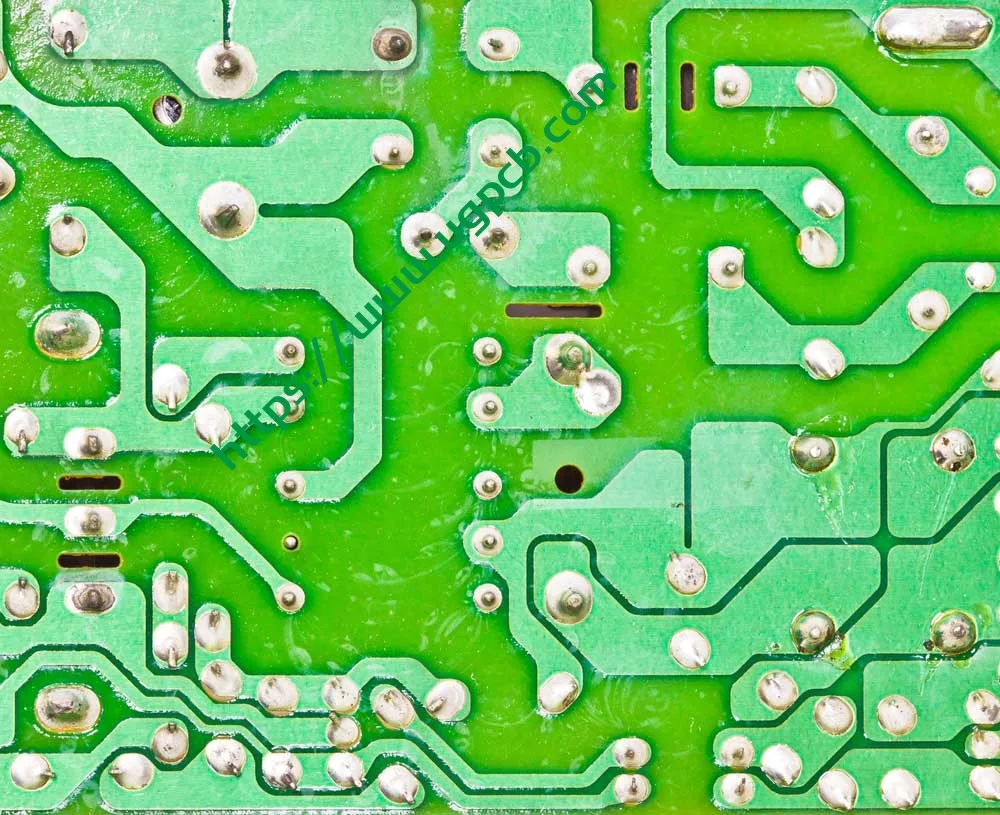
에이 2 층 PCB는 0.010”~ 0.060”두께 일 수 있습니다.. 보드의 두께는 사용하는 유전체 재료와 보드에 장착 된 구성 요소의 크기에 따라 다릅니다.. 또한, 보드가 두꺼워집니다, 신호 추적 사이의 크로스 토크를 줄이는 것이 좋습니다..
레이어 구성
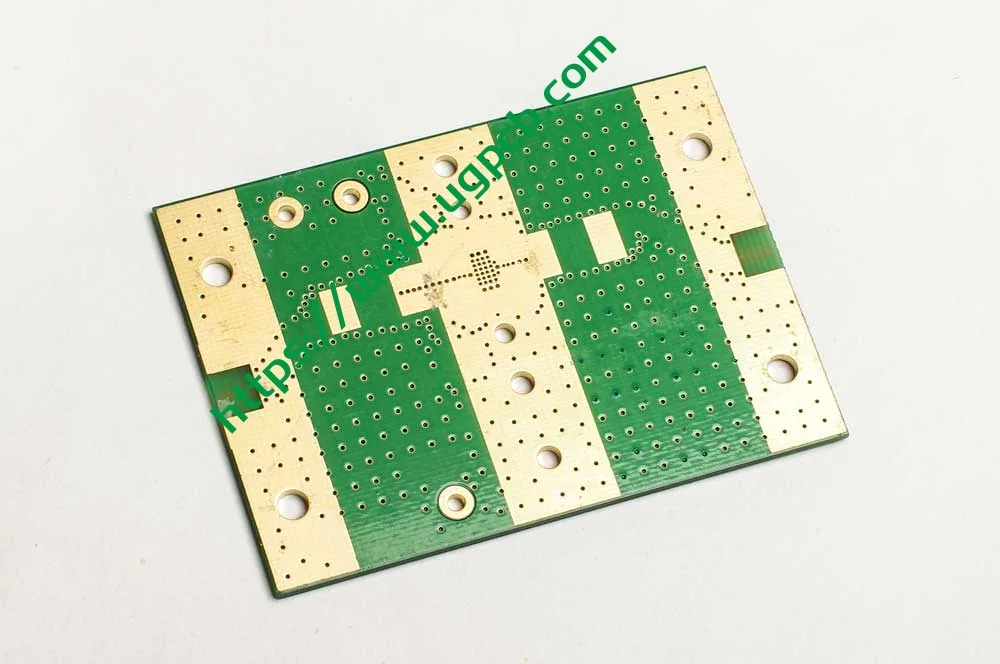
- 층 1 (최상층): 신호 레이어.
- 내부 레이어: 대부분의 vias가 위치하는 구리 층. Vias는 상단과 하단 레이어를 함께 연결하는 작은 작은 구멍입니다., 전기 신호가 한 층에서 다른 층으로 흐르도록 허용.
- 층 2 (하단 레이어): 다른 신호 계층.
- 접지 비행기: 전기 신호의 소음을 줄이고 전기 신호가 반환 될 수있는 장소를 제공합니다.. 또한 열을 더 잘 분배하는 데 도움이되며 전력 또는지면 층으로 사용될 수 있습니다..
- 파워 계층: 보드의 다른 부분에 전원을 분배하는 데 사용되며 접지 신호의 반환 경로로 사용할 수 있습니다..
- 준비 레이어: 구리 층 사이의 단열 및 구리 층에 대한지지를 제공하는 유전체 재료의 얇은 층. Prepreg 층의 유전 상수는이다 2.2, FR-408 유전 상수보다 낮습니다.
- 솔더 마스크 층: 노출 된 구리를 덮고 산화 및 부식으로부터 보호하는 얇은 물질 층.
- 실크 스크린 레이어: 보드에 전설을 인쇄하는 데 사용되는 얇은 재료 층, 이사회의 이름, 및 부품 번호.
2 층 PCB/양면 회로 보드를 만드는 방법
만들기 위해 2 레이어 PCB, 기판부터 시작해야합니다, 가장 일반적인 것은 FR-4입니다. 일단 기판이 있으면, 구리를 층에 추가해야합니다.
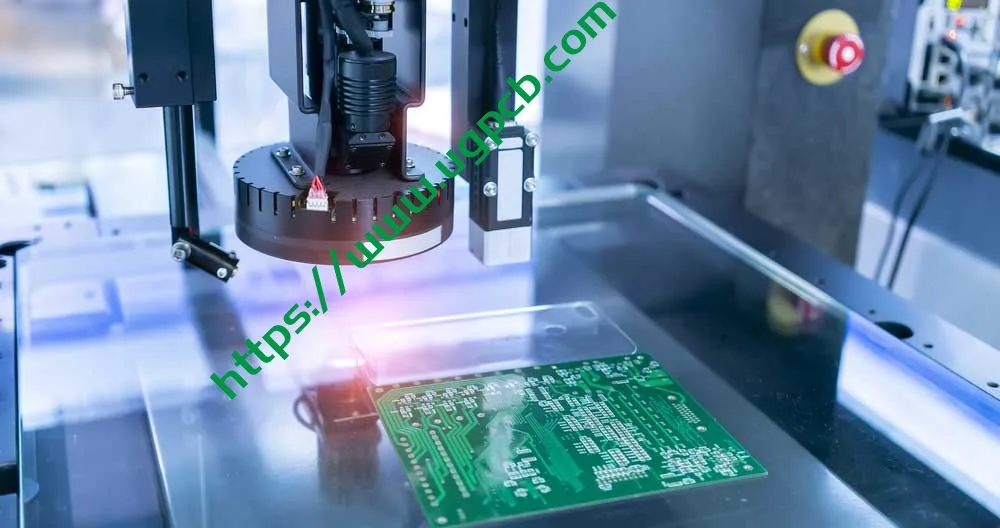
- 신호 레이어: 첫 번째 층이 추가되었습니다, 전기 신호를 전달하는 곳.
- 지면 층: 두 번째 층이 추가되었습니다, 전기 신호가 반환되는 곳.
- 준비 레이어: 층 사이의 단열재를 제공하는 절연 재료.
- 솔더 마스크: 단락 및 부식으로부터 구리를 보호하는 데 도움이되는 얇은 녹색 또는 검은 색 플라스틱 층.
- 실크 스크린: 구성 요소의 이름과 그 값을 보여주는 PCB의 흰색 또는 노란색 인쇄.
2 레이어 PCB 가격
2 층 PCB의 가격은 보드 크기에 따라 다릅니다., 디자인의 복잡성, 그리고 당신이 주문한 수량. 을 더한, 2-레이어 PCB는 일반적으로 더 많은 재료와 제조에 노동력이 필요하기 때문에 단면 보드보다 비싸다.. a의 비용 2 레이어 PCB는 범위입니다 1000 평방 피트 당. 그래서, 2 층 PCB가 필요한 경우 2 발 2 피트, 그 사이의 비용이들 것입니다 4000.
 UGPCB 로고
UGPCB 로고

